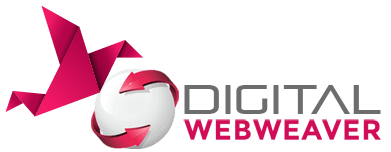As a website owner, you’re faced with the decision of choosing between WordPress and a custom tech stack. WordPress is a popular and user-friendly platform that’s easy to use and customize. On the other hand, a custom tech stack offers complete flexibility and control over your website’s design and functionality. So which one should you choose?
Let’s take a closer look at both options and see how they might fit your specific needs.
Pros and Cons of WordPress
WordPress is a content management system (CMS) that powers over 40% of all websites on the internet. It’s a popular choice for website owners because it’s easy to use, highly customizable, and offers a wide range of plugins and themes. However, there are also some drawbacks to using WordPress.
Pros of WordPress:
- Easy to Use: WordPress is an intuitive platform that’s easy to use, even for non-technical users. You don’t need any coding knowledge to get started with WordPress, and you can easily customize your website using the built-in visual editor.
- Customizable: WordPress offers a wide range of plugins and themes that you can use to customize your website. You can find plugins for everything from SEO optimization to social media integration, and themes for every type of website.
- Cost-Effective: WordPress is a free platform, and many of the plugins and themes are also free or low-cost. This makes it a very cost-effective option for website owners on a budget.
Cons of WordPress:
- Limited Flexibility: While WordPress is highly customizable, it also has limitations in terms of functionality and design. If you have very specific requirements for your website, you may find that WordPress can’t meet all of your needs.
- Security Concerns: Because WordPress is such a popular platform, it’s also a popular target for hackers and cyberattacks. While there are many plugins and tools available to help secure your website, it’s still important to be vigilant and take extra precautions to protect your data.
- Maintenance: WordPress requires regular maintenance to keep your website running smoothly. This includes updating plugins and themes, backing up your data, and monitoring your website for security vulnerabilities.
Pros and Cons of a Custom Tech Stack
A custom tech stack gives you complete control over your website’s design and functionality. You can choose the programming languages and technologies that best fit your specific needs, and build a website that’s optimized for performance and scalability. However, there are also some downsides to using a custom tech stack.
Pros of a Custom Tech Stack:
- Complete Control: With a custom tech stack, you have complete control over your website’s design and functionality. You can build a website that’s optimized for your specific needs, and you can easily make changes and updates as needed.
- Flexibility: A custom tech stack offers complete flexibility in terms of design and functionality. You can choose the programming languages and technologies that best fit your specific needs, and you can easily add new features and functionality as your website grows.
- Scalability: A custom tech stack is also highly scalable, which means that you can easily add new features and functionality as your website grows. You can also optimize your website for performance and speed, which is important for user experience and search engine optimization.
Cons of a Custom Tech Stack:
- Expensive: A custom tech stack can be much more expensive to build and maintain than a platform like WordPress. You’ll need to hire developers and designers to build and maintain your website, which can be a significant expense.
- Time-Consuming: Building a custom tech stack can also be very time-consuming,

